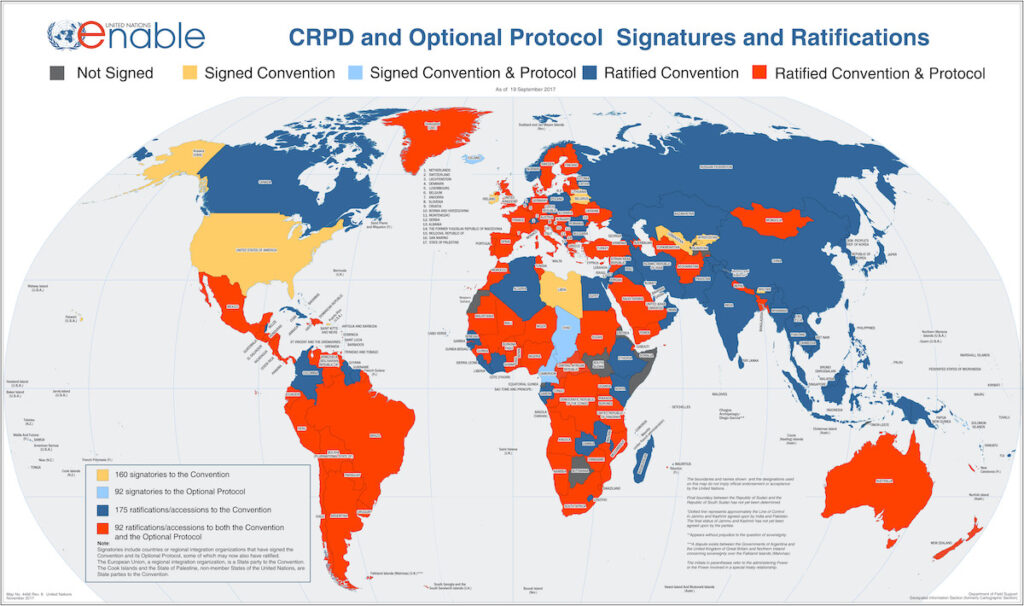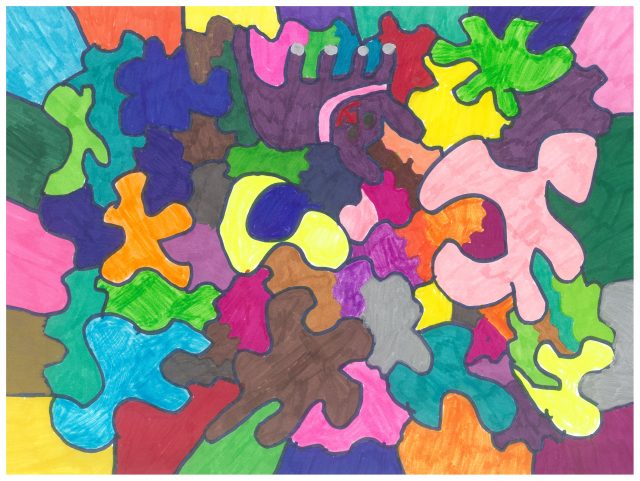Since enactment of the United Nations Convention on the Rights of Persons with Disabilities (CRPD) in 2008, there has been a world-wide movement to promote and protect the human right of everyone to make their own decisions, regardless of disability.
Article 12 of the CRPD provides not only that everyone has a right to legal capacity, but that governments have an obligation to provide the supports that are necessary to exercise that right.
SDM is the means that has been recognized as necessary to enable people with I/DD to make their own decisions and have them legally recognized. More than 170 countries have ratified the CRPD, which has led to legislation recognizing SDM, and pilot projects demonstrating how SDM actually works around the globe. This international effort has provided a rich evidentiary base for SDM efforts in the US while grounding SDM in a human-rights framework has proven to be a powerful advocacy tool.

The US signed the CRPD in 2009, but has not yet ratified it. Nevertheless, SDM is now widely understood and described as a “human right” in this country.
